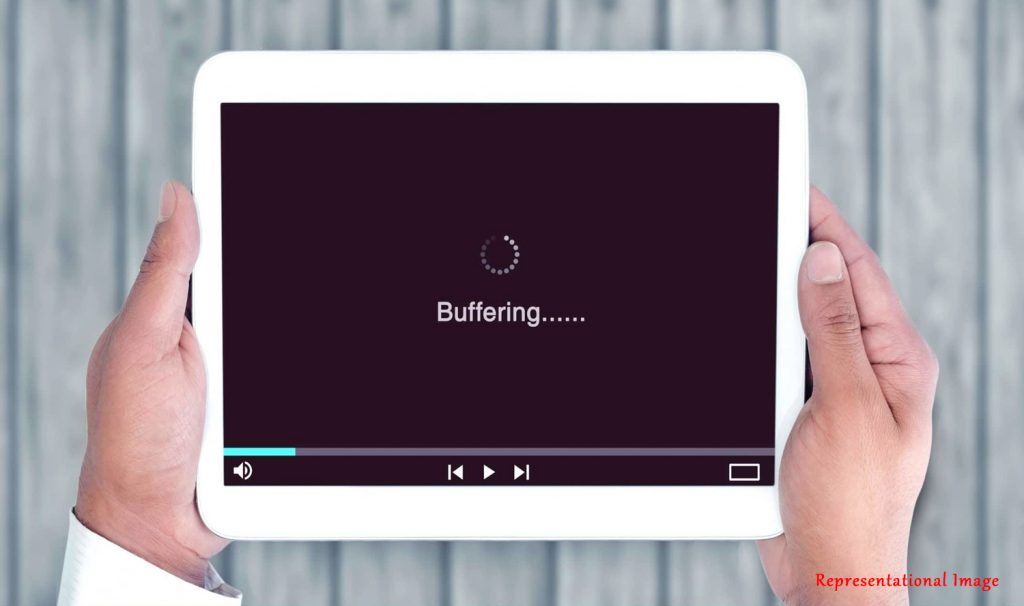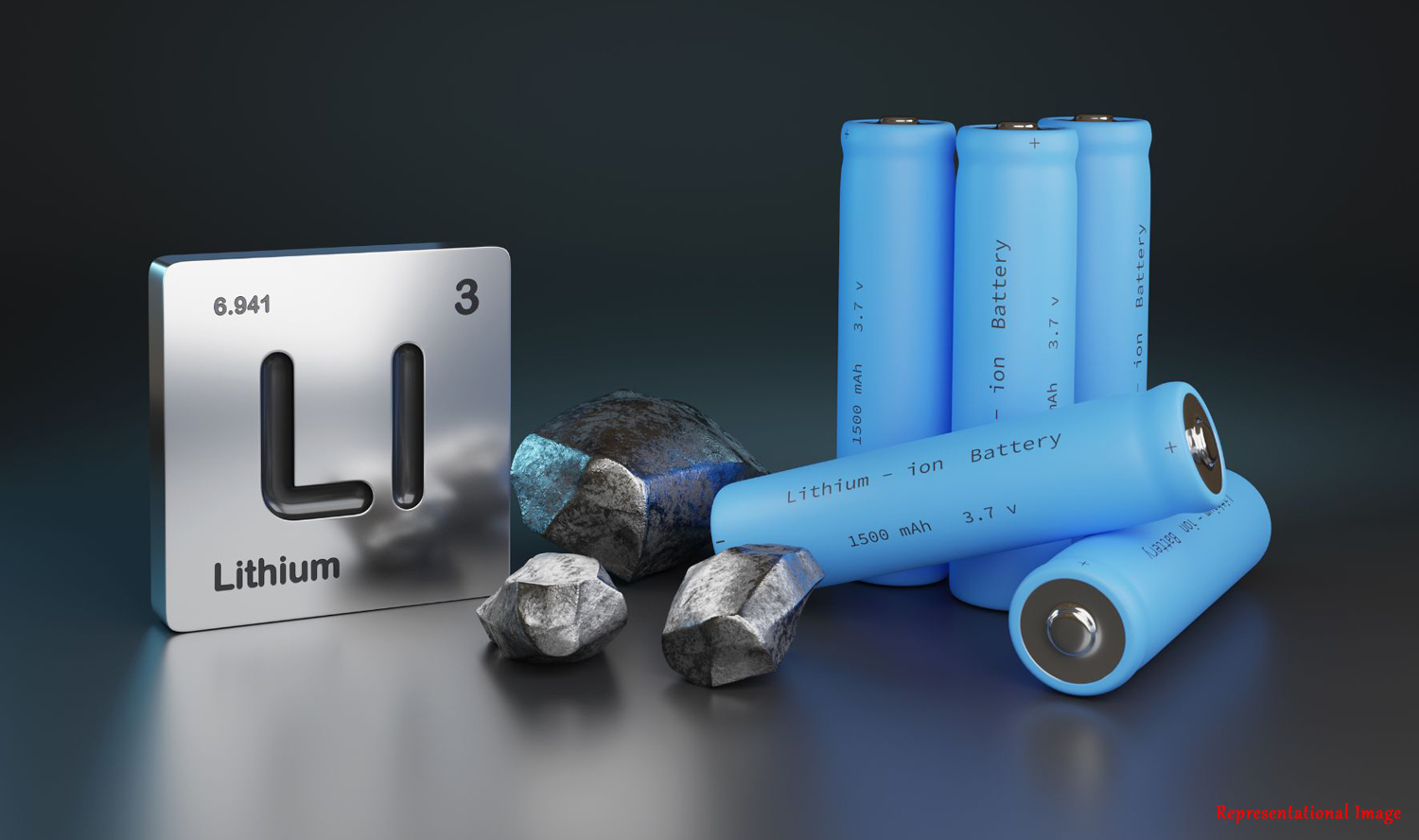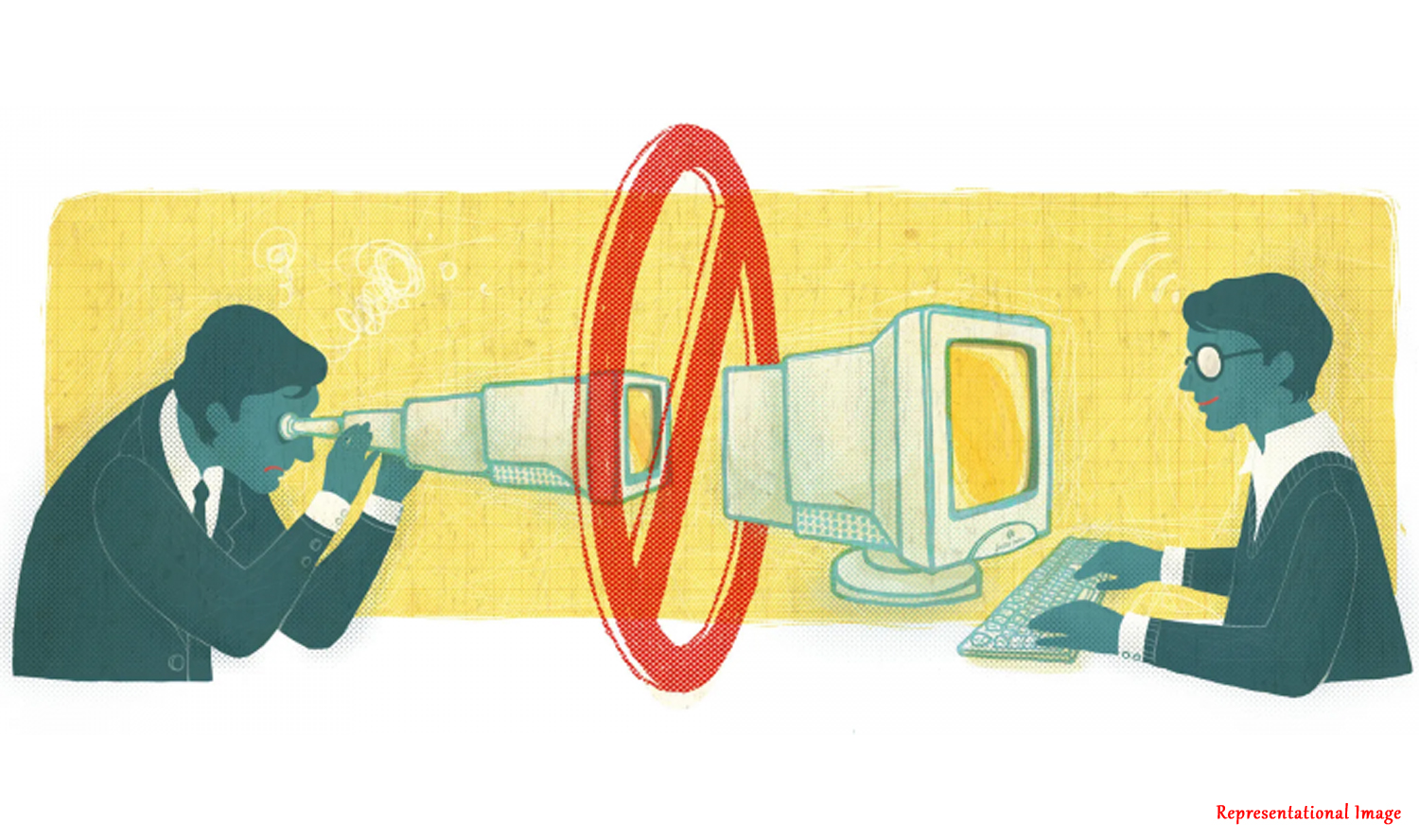
Watching videos and other multimedia content on our cell phones has become so common place that it has been taken for granted. But, there are times when the video gets interrupted, or any other multimedia takes a long time to load. We never like these buffering pauses. But how can we rectify this problem?
Looking into the concept of how multimedia is played on our devices, data is transmitted by what is known as the base station (BS). The same data is stored in the media player buffer at the application layer. From this, the media player plays one multimedia frame at a time at a rate dictated by the quality, encoding scheme, and dynamics of the content. If the buffer does not have enough data to play the current frame, there is a pause.
In this study conducted by Akhil Bhimaraju from the Department of Electrical and Computer Engineering, University of Illinois, Urbana, USA, Atul A. Zacharias from the Whiting School of Engineering, Johns Hopkins University, Baltimore, USA, (both are former dual degree students of the Dept. of Electrical Engineering, IIT Madras) and Prof. Avhishek Chatterjee from the Department of Electrical Engineering, Indian Institute of Technology Madras, Chennai, India, the goal is to minimize user dissatisfaction due to buffering pauses in 4G/5G cellular networks. Unlike previous studies, faithfully following the 4G/5G standards, the researchers consider multi-channel downlink with adaptive modulation and coding, limited feedback from user equipment and stochastic consumption by the multimedia player from the buffer. These lead to non-convex optimization problems, whose parameters depend on the multimedia encoding, and thus, may not always be known at the cellular base station. Using techniques from combinatorial optimization, probability concentration, and reinforcement learning, the researchers develop algorithms with mathematical guarantees. These algorithms outperform the existing ones and are compatible with 4G/5G cellular standards.
Article by Akshay Anantharaman
Here is the original link to the paper:
https://ieeexplore.ieee.org/document/9808384











